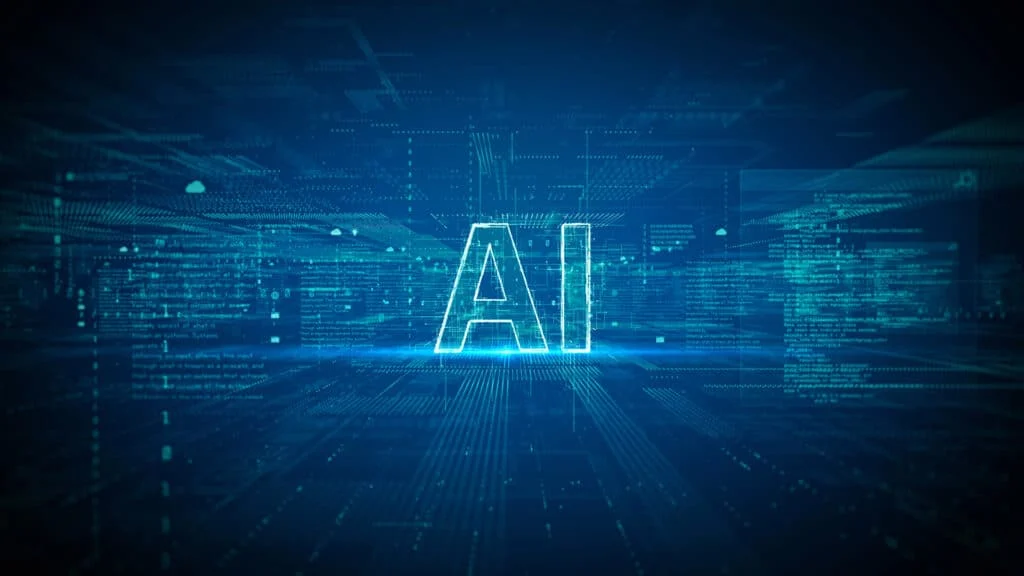Cisco has launched a new AI-bolstered Webex that the company says reimagines workspaces, optimizes collaboration, and maximizes CX capabilities. With hundreds of AI and machine learning (ML) features already embedded in its other products, San Jose, California-based Cisco is now outfitting Webex, the company’s popular audio and video conferencing application, with purpose-built intelligence.
Related Article: Cisco Unveils New Webex Features
“AI presents the next evolution of hybrid work, holding the key to unlocking a materially enhanced hybrid work and customer experience,” says Jeetu Patel, Cisco executive vice president and Cisco general manager of security and collaboration. “Cisco has decades of experience in AI with its industry-leading natural language understanding, and audio and video intelligence in Webex, which I’m thrilled is extending into even more innovations across our collaboration portfolio.”
In the first area of innovation of reimaging workspaces, Webex expands camera and video intelligence. With Cinematic Meetings, cameras follow individuals through voice and facial recognition, automatically switching views to capture the best angle of the active speaker. And with Meeting Zones, IT administrators can set virtual boundaries and turn collaboration spaces into meeting zones. Individuals are framed in a condensed view, and people who may share physical spaces alongside attendees but are not part of the meeting are not seen, eliminating viewer distraction.
To optimize collaboration, the new AI capabilities are in the Webex Suite, including High-Definition (HD) AI Capabilities that do not require HD bandwidth; Smart Re-lighting, which automatically improves poor lighting; and Automatic “Be Right Back” Updates, which blurs the background and mutes audio when users steps away from a Webex meeting.
For its CX solutions, Webex is introducing four new AI capabilities. Topic Analysis surfaces key reasons for customer calls into the contact center, aggregating call transcript data for analysis. Agent Answers acts as a real-time coach to sales agents, providing them with knowledge base articles and helpful information to assist customers. Automated Chat Summaries for Agents recaps long-form text from customer chats and provide key takeaways in digestible format, eliminating the need for agents to read lengthy digital chat histories. And Automated Code for Rapid Customization of Customer Journeys helps orchestrate customer journeys, with users simply describing the function they wish to perform—e.g., validate an email—and the AI then generating an appropriate response.
The new Webex AI capabilities are expected to roll out over the course of 2023, according to Cisco.
Author Information
Alex is responsible for writing about trends and changes that are impacting the customer experience market. He had served as Principal Editor at Village Intelligence, a Los Angeles-based consultancy on technology impacting healthcare and healthcare-related industries. Alex was also Associate Director for Content Management at Omdia and Informa Tech, where he produced white papers, executive summaries, market insights, blogs, and other key content assets. His areas of coverage spanned the sectors grouped under the technology vertical, including semiconductors, smart technologies, enterprise & IT, media, displays, mobile, power, healthcare, China research, industrial and IoT, automotive, and transformative technologies.
At IHS Markit, he was Managing Editor of the company’s flagship IHS Quarterly, covering aerospace & defense, economics & country risk, chemicals, oil & gas, and other IHS verticals. He was Principal Editor of analyst output at iSuppli Corp. and Managing Editor of Market Watch, a fortnightly newsletter highlighting significant analyst report findings for pitching to the media. He started his career in writing as an Editor-Reporter for The Associated Press.







